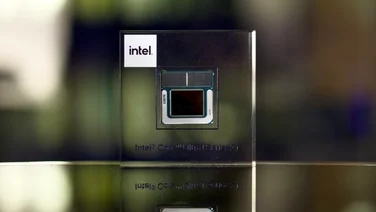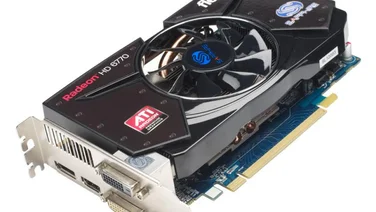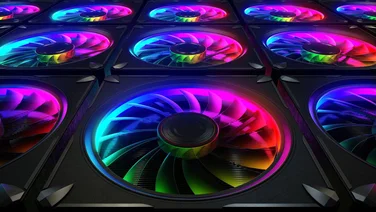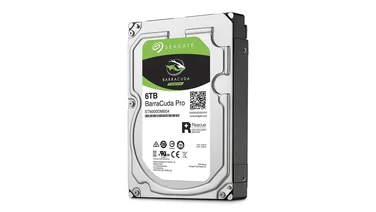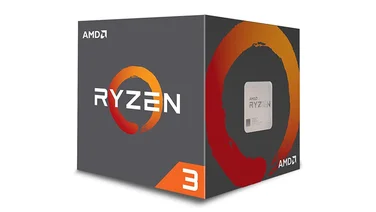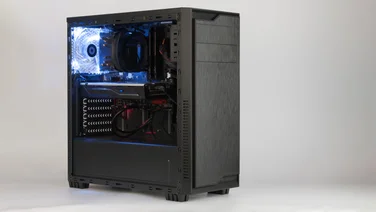To help us provide you with free impartial advice, we may earn a commission if you buy through links on our site. Learn more
- MSI Geforce RTX 2070 Armor 8G review: What you need to know
- MSI Geforce RTX 2070 Armor 8G review: Features
- MSI Geforce RTX 2070 Armor 8G review: Specifications
- MSI Geforce RTX 2070 Armor 8G review: Performance
- MSI Geforce RTX 2070 Armor 8G review: Cooling
- MSI Geforce RTX 2070 Armor 8G review: Verdict





- Attractively priced
- Performs very well for the cost
- MSI's additions are well thought-out
- Ray tracing and DLSS are still in infancy
So far, Nvidia’s GeForce RTX series has been tinged with disappointment. Not in the sense that they’re bad GPUs – the RTX 2080 and RTX 2080 Ti are both monstrously powerful, with the RTX 2080 Ti in particular delivering the ‘60fps at 4K’ dream shared by PC gaming enthusiasts for years.
MSI Geforce RTX 2070 Armor 8G review: What you need to know





There are, however, a couple of problems. The first is the RTX series’ pricing. Partner card versions of the RTX 2080 go for around £700, a deeply unattractive proposition considering it’s only about as powerful as the last-gen GTX 1080 Ti, while the RTX 2080 Ti can set you back £1,100 or more. This actually is a considerable step up from previous cards, in terms of core performance, but the cost is going to put it out of reach for far more potential users than any of Nvidia’s erstwhile top-end GPUs.
READ NEXT: Our Nvidia GeForce RTX 2060 review
MSI Geforce RTX 2070 Armor 8G review: Features
The second issue is that the two big new features introduced by the underlying Turing architecture, ray-tracing and deep learning super-sampling (DLSS), still aren’t being implemented widely enough to justify the expense of upgrading. DLSS looks like the more promising of the two; for the unfamiliar, it’s basically a new form of AI-powered anti-aliasing, which can smooth out edges with significantly less impact on performance. Ray-tracing, meanwhile, allows for better-looking lighting and reflection effects by more realistically simulating how light bounces around a scene, although unlike DLSS this has an adverse effect on frames-per-second rates.
Both still have the potential to be great features, but there just aren’t many games that currently support them, or will do in the near future. At the time of writing, only Battlefield V has patched in ray-tracing support, and this is only for improved reflections, not for the lighting effects that Nvidia presents as the technology’s main focus. Fewer than 30 games have committed to adding DLSS, too, and many aren’t even releasing until deep into 2019.





This also comes back to the issue of value, as even if ray-tracing and DLSS don’t yet offer a material benefit, it could still be worth buying the RTX 2080 or RTX 2080 Ti if their prices weren’t so disproportionate to their performance gains over the GTX 10-series. All is not lost for RTX, however, as there’s one more GPU we haven’t looked at: the RTX 2070.
This replaces the GTX 1070, which you may remember as the Pascal generation’s most affordable high-end, mostly 4K-ready card. The RTX 2070 fills a similar role. It’s less powerful than the RTX 2080 and the RTX 2080 Ti, but uses the same Turing architecture and – crucially – is less expensive. Much less, in fact: the partner model we’re testing here, MSI’s GeForce RTX 2070 Armor 8G, is ‘just’ £460.
MSI Geforce RTX 2070 Armor 8G review: Specifications





This gets you the same 8GB of up-to-date GDDR6 memory as the RTX 2080, 2,304 processing cores (fewer than the RTX 2080’s 2,944, but more than the GTX 1070’s 1,920) and a dual-fan open air cooler, topped with a sturdy backplate. MSI hasn’t added a factory overclock, so the standard 1,410MHz base clock and 1,620MHz boost clock are in effect, but you can fiddle with speeds and voltages yourself via MSI’s Afterburner software.
MSI Geforce RTX 2070 Armor 8G review: Performance
Our very first tests, running the Dirt Showdown benchmark on Ultra settings with 4x anti-aliasing, weren’t terribly encouraging. The RTX 2070 produced 128fps at 1,920×1,080 and 125fps at 2,560×1,440, which are improvements of just 4fps and 5fps over the GTX 1070. However, the RTX 2070 then reminded us that this is a 4K card through and through, scoring 100fps at 3,840×2,160, where the GTX 1070 could only reach 80fps. It’s also worth noting that the MSI GeForce RTX 2080 Gaming X Trio, our test card for the RTX 2080, only scored 127fps at 1080p and 130fps at 1440p, a convincing argument for the cheaper GPU if you’re intending to play at lower resolutions. That said, it did also beat the RTX 2070 at 4K, with 120fps.
Metro: Last Light Redux put the RTX 2070 more clearly in the middle between its previous-gen equivalent and its bigger RTX brother. At 1080p, it averaged 94fps without issue, while its 1440p result of 56fps is close enough to the ideal 60fps. At 4K, maxed-out settings proved slightly too much, as it produced 26fps, although at this resolution it’s easy to sacrifice SSAA, which we did for an instant boost to 51fps. Interestingly, this time the RTX 2080’s advantage becomes smaller as the resolution increases: it managed 114fps at 1080p, but 30fps at 4K, a mere 4fps difference. In any case, it’s another considerable improvement on the GTX 1070, which only managed 18fps at 4K, for instance.





Our third benchmark game, Tomb Raider, showed the RTX 2070 taking even more steps forward. 1080p and 1440p posed no problem, with average frame rates of 117fps and 72fps using Ultimate quality and the demanding 4x SSAA setting. 4K forced it down to 33fps, but this is still just about playable if you absolutely must have the best settings enabled. The GTX 1070, by contrast, could only get a high 4K frame rate with the more easygoing FXAA setting, although while this allowed the Pascal card to reach 48fps, switching to FXAA also granted the RTX 2070 a visibly smoother 64fps.
We also tested the much newer Shadow of the Tomb Raider, though sadly not with the promised ray-tracing implantation, which is still yet to arrive. With maximum quality settings and TAA enabled, the RTX 2070 managed 85fps at 1080p, 67fps at 1440p and 35fps at 4K, which is a respectable set of results, considering the far pricier RTX 2080 scored 93fps, 81fps and 44fps respectively. These aren’t nearly as significant differences as the price gulf might suggest. Both RTX cards also scored a perfect 11 in the SteamVR Performance Test for virtual reality games.
READ NEXT: Our pick of the best CPU coolers
MSI Geforce RTX 2070 Armor 8G review: Cooling
MSI’s own additions aren’t half bad either. The twin fan cooling setup runs a bit louder than the triple fans of the GeForce RTX 2080 Gaming X Trio, but this also helps the RTX 2070 fit into smaller cases, and under load the GPU doesn’t run any hotter. While running Metro at 4K with maximum settings, we recorded temperatures generally staying around 63°C, only peaking at 65°C. An idle temperature of 45°C is higher than most, but not worryingly so.
Overall, the RTX 2070 might not produce such outright awe-inspiring results as the RTX 2080 Ti, which is about twice as fast in several of these tests, but it’s close enough to seriously bother the RTX 2080 at 1440p and 4K, especially when it’s so much cheaper.
MSI Geforce RTX 2070 Armor 8G review: Verdict
In previous RTX reviews, this is where we’d then point out that an existing GTX GPU can perform similar feats at a lower price, but that’s only half true: the GTX 1080 comes closest, but is not only slightly less powerful than the RTX 2070, but – surprisingly enough – remains a little more expensive, with relatively cheap partner versions coming in around £480.
As a result, there is absolutely no reason to buy anything other than the RTX 2070 if you want a premium card below £500. It breaks the curse of RTX cards being overpriced, and while it can’t fix a lack of game support for ray-tracing and DLSS, current performance alone makes it a smarter purchase than the GTX 1070, GTX 1080 or RTX 2080. There’s also the GTX 1080 Ti, but this, like the RTX 2080, is a few hundred pounds extra for what is often only marginally better performance.
Nvidia may be giving most of the spotlight to the RTX 2080 Ti, but the RTX 2070 is by far the best of the bunch, even if it is the slowest. It’s a perfect upgrade for anyone currently using a mid-range card, a great bet for brand-new PC builds, and with the exception of the fantastic RTX 2060, the only current-gen Nvidia GPU you won’t need to sell an organ for. Most importantly, it’s also the only RTX card that makes sense to buy today, and not when – or indeed, if – ray-tracing and DLSS prove themselves worthy of the two higher-end cards’ outlays.

